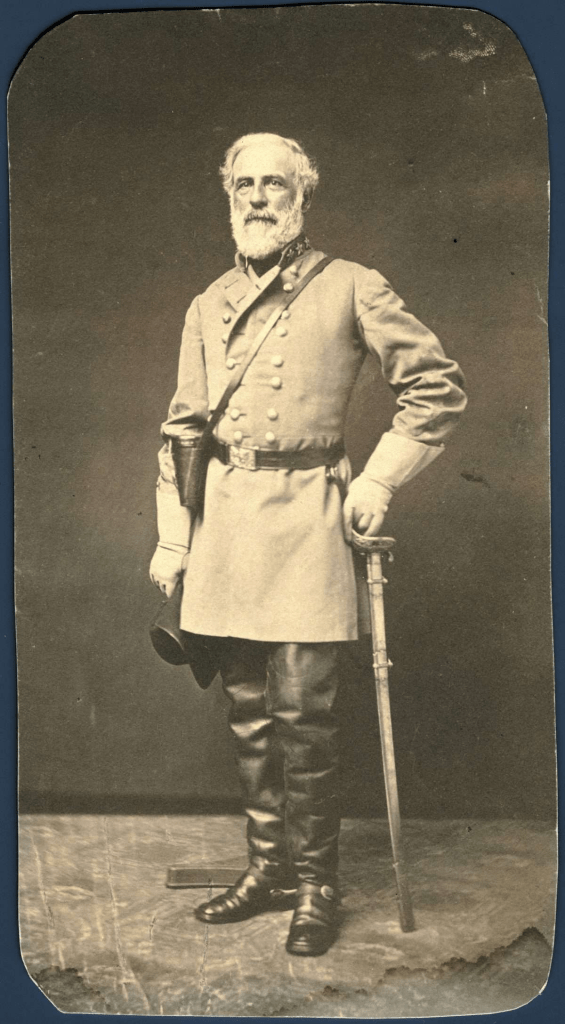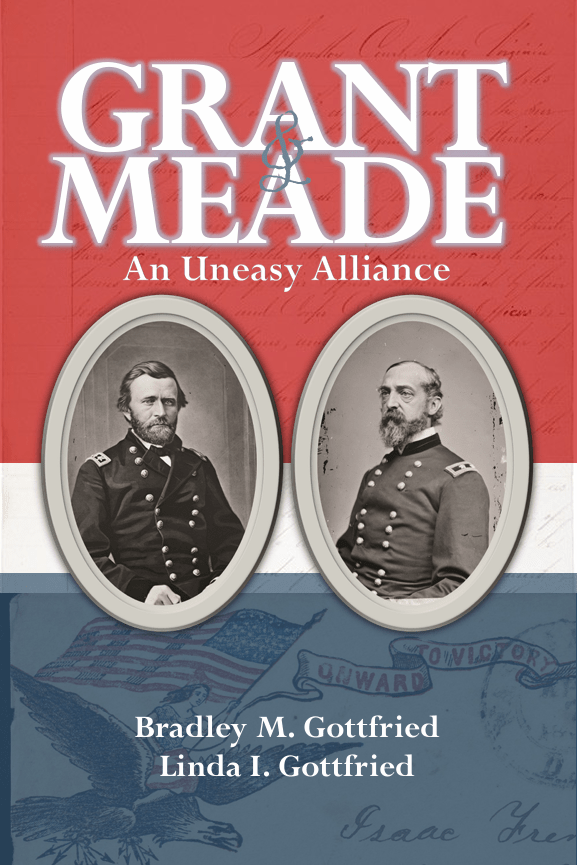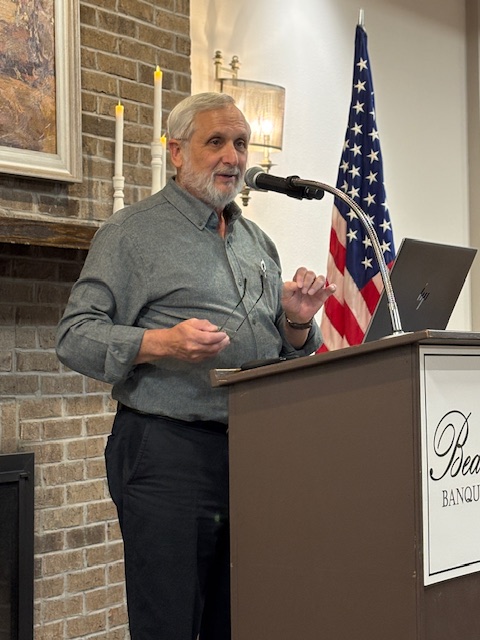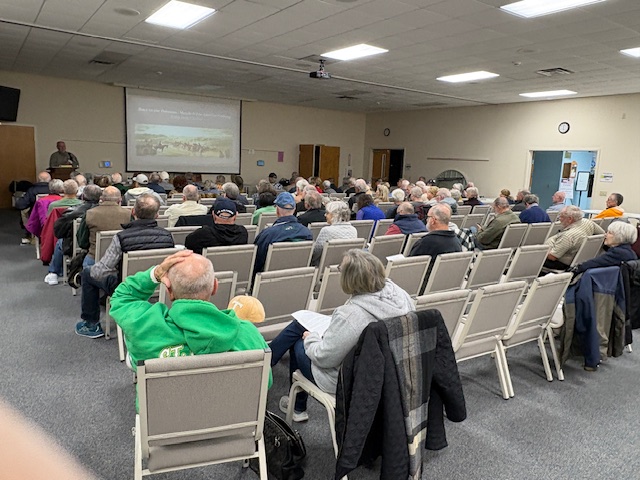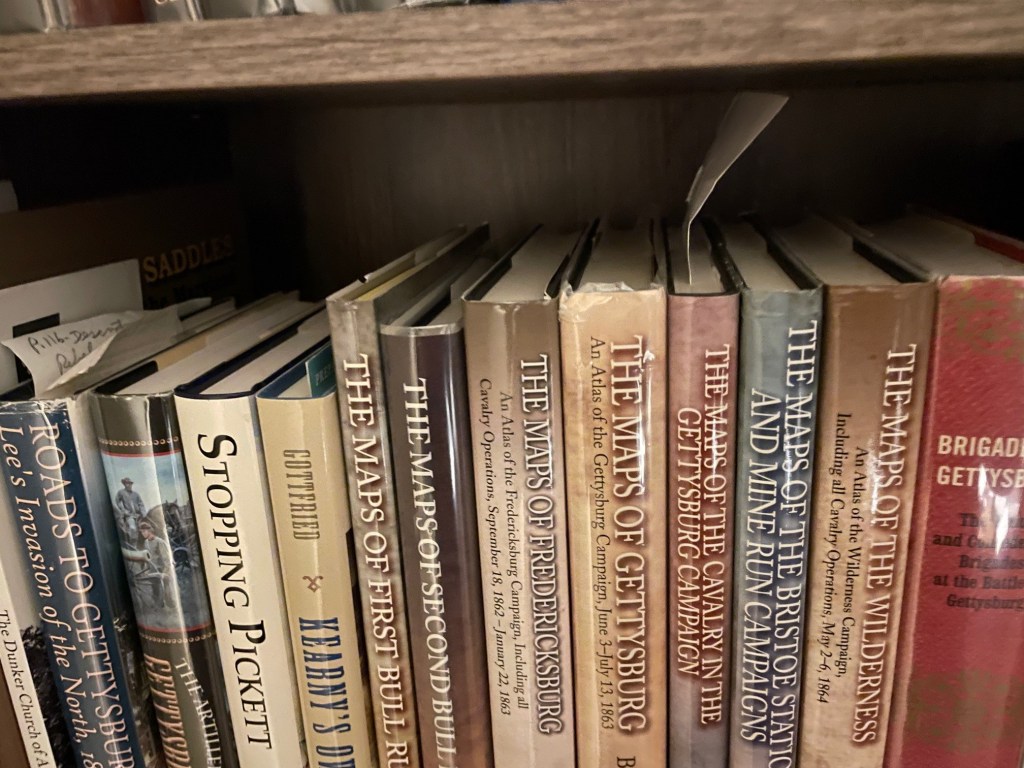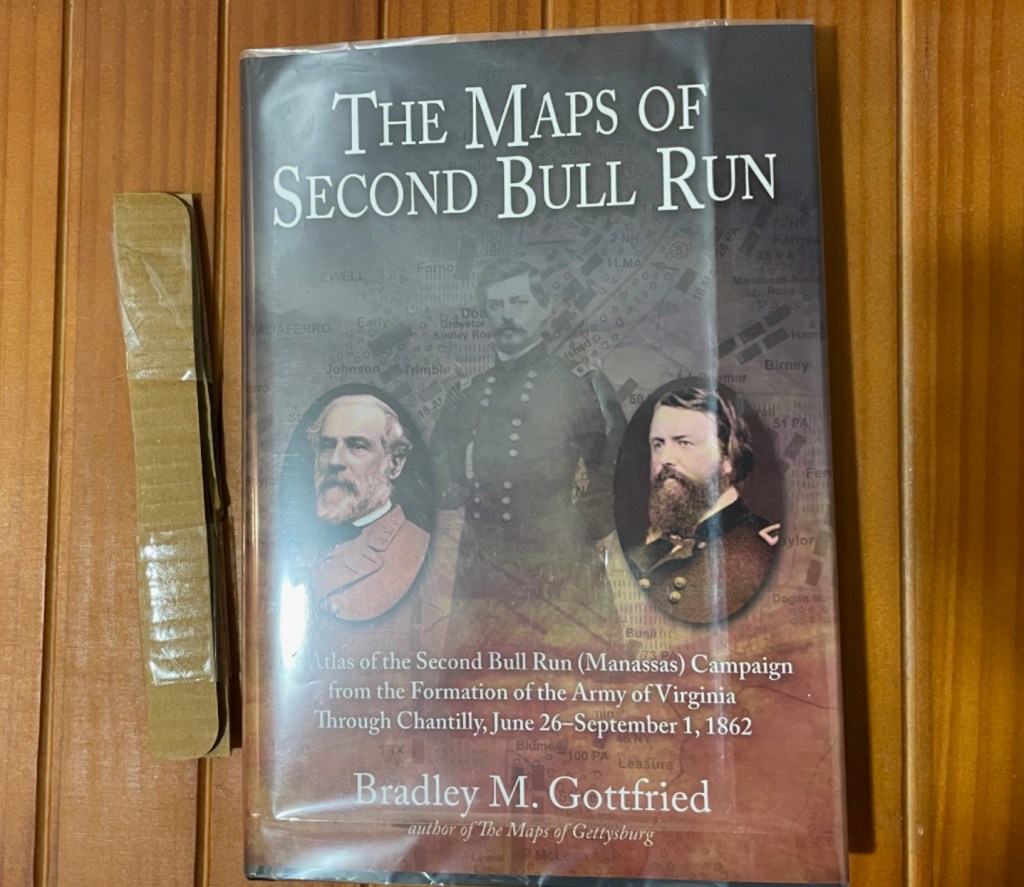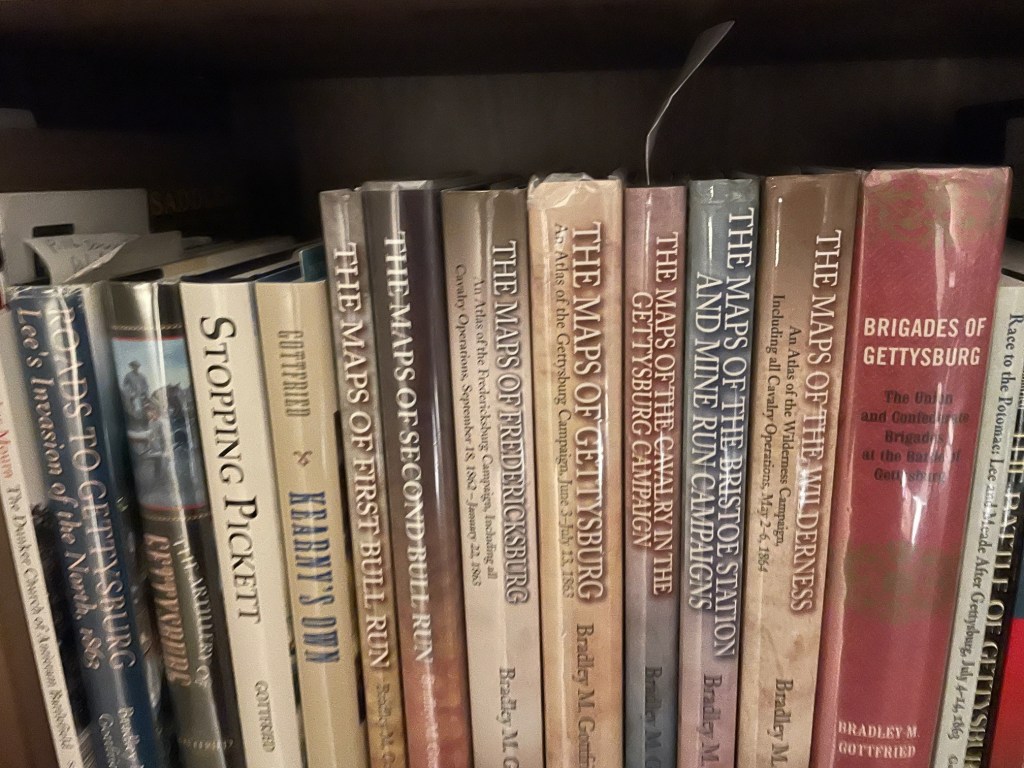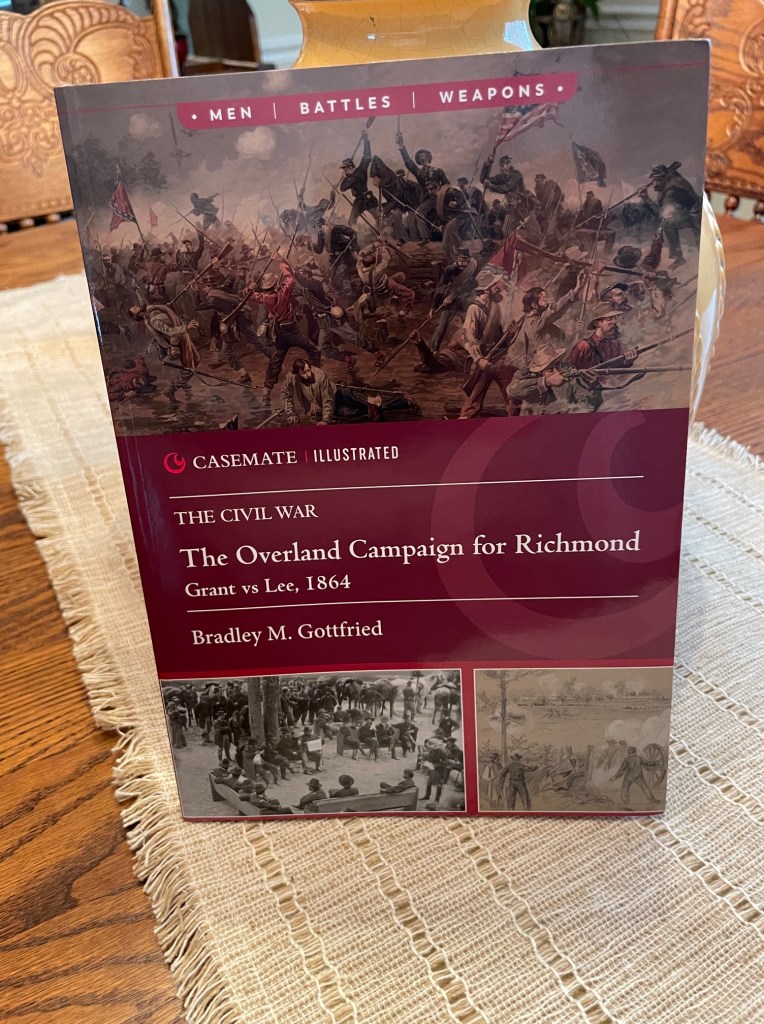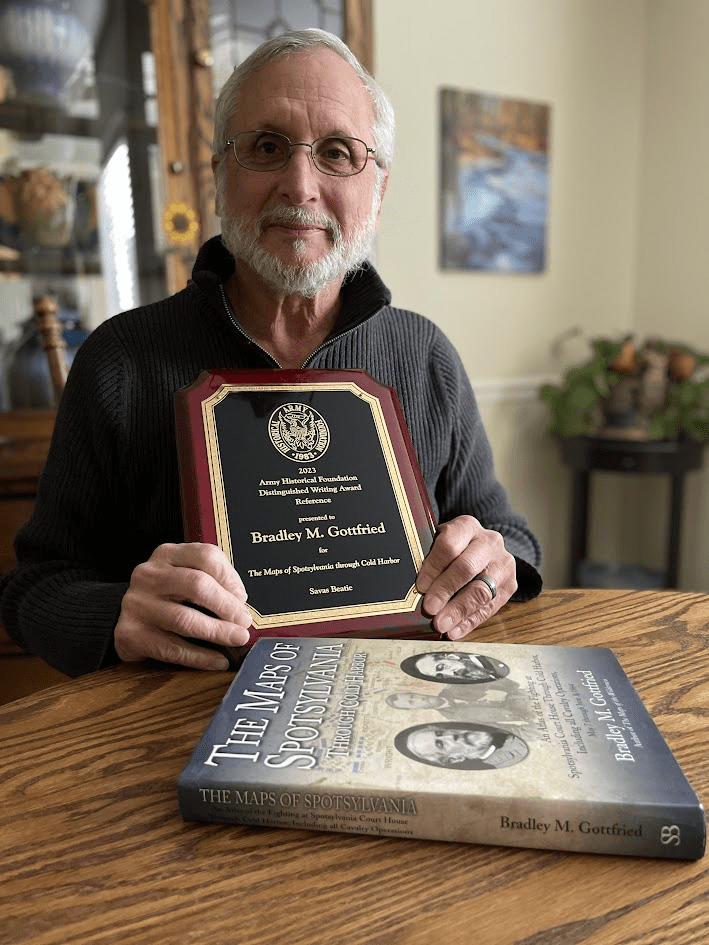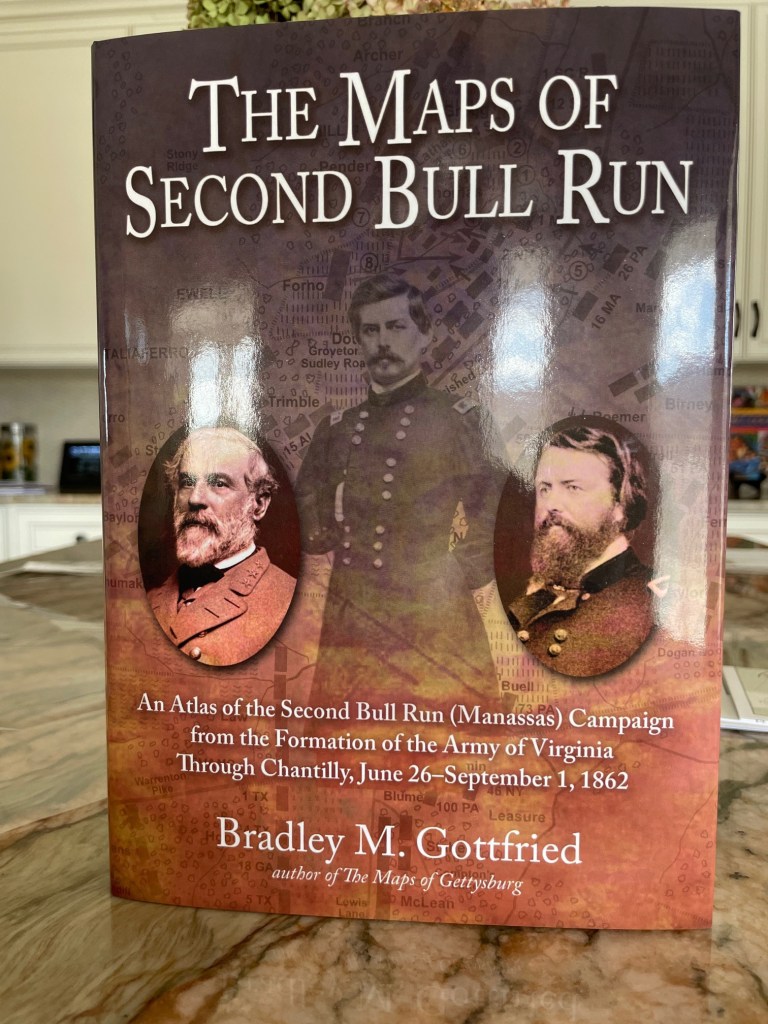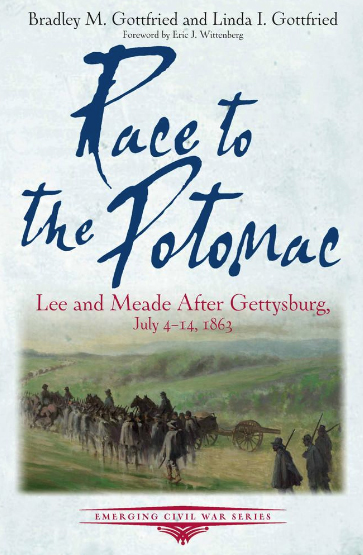As you can see from the cover, our new book covers the action from the time the armies leave Gettysburg until Lee’s wounded army finally crosses the Potomac.
As with all Emerging Civil War books, this is not meant to be an exhaustive study– there are other good ones for that. In the almost 170 pages, we highlight, on a day by day basis, the events that occurred during the retreat. It is also loaded with illustrations and maps. We consider this a “gateway book.” It may be all one needs to know or it may lead the reader to other, more in-depth treatments.
Although I have studied the retreat for years, you really don’t quite understand a topic until you write about it. John Imboden has become one of my heroes because of how he handled the thankless job of getting a 17-mile wagon train filled with wounded Confederate soldiers to the “safety” of the Potomac River. Along the way, he was forced to deal with attacks on the wagons, breakdowns, and of course, the screams of the wounded, many who prayed they would quickly die.
Lee does a very good job of getting his army to safety with minimal additional losses, and Jeb Stuart tries to redeem himself by effectively guarding Lee’s flanks at Hagerstown.
Meade gets his share of accolades. In command for only three days prior to the battle, Meade was naturally cautious about Lee’s intentions and routes. He probably did as well as any general in following Lee without inflicting serious losses on his already wounded army.
I am not a fan of Judson Kilpatrick, but he did a pretty good job of capturing wagons at Monterey Pass and Leitersburg. There were many other actors, but these tend to stand out.
The retreat was loaded with small-scale fights– mainly cavalry actions at Smithsburg, Boonsboro, Funkstown, and Falling Waters.
I can’t end this post without thanks to series editor, Chris Mackowski and to Thomas J. Ryan and Richard R. Schaus, who generously allowed me to use their wonderful Hal Jesperson maps that they included in their fine book, “Lee is Trapped and Must be Taken.”
Hope you enjoy the book!

